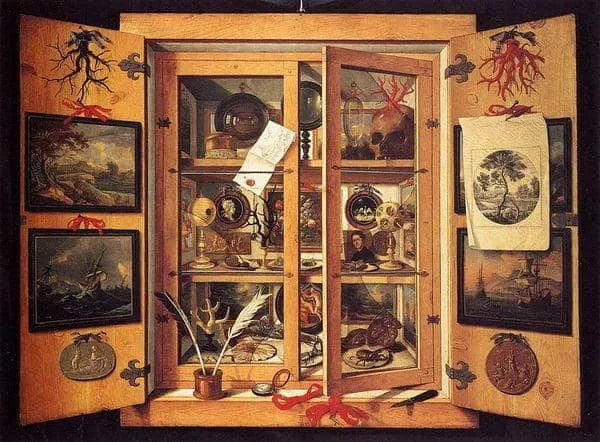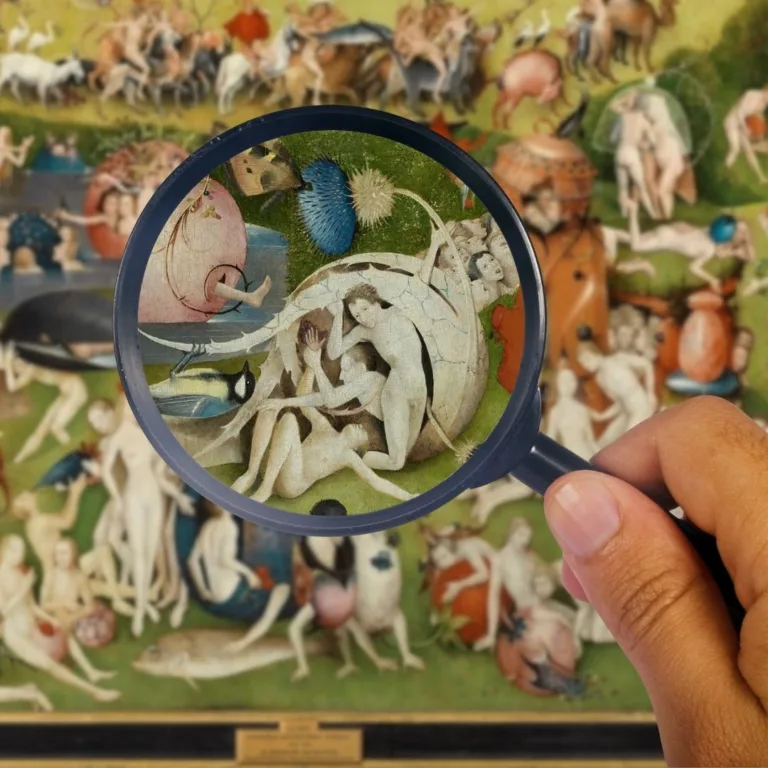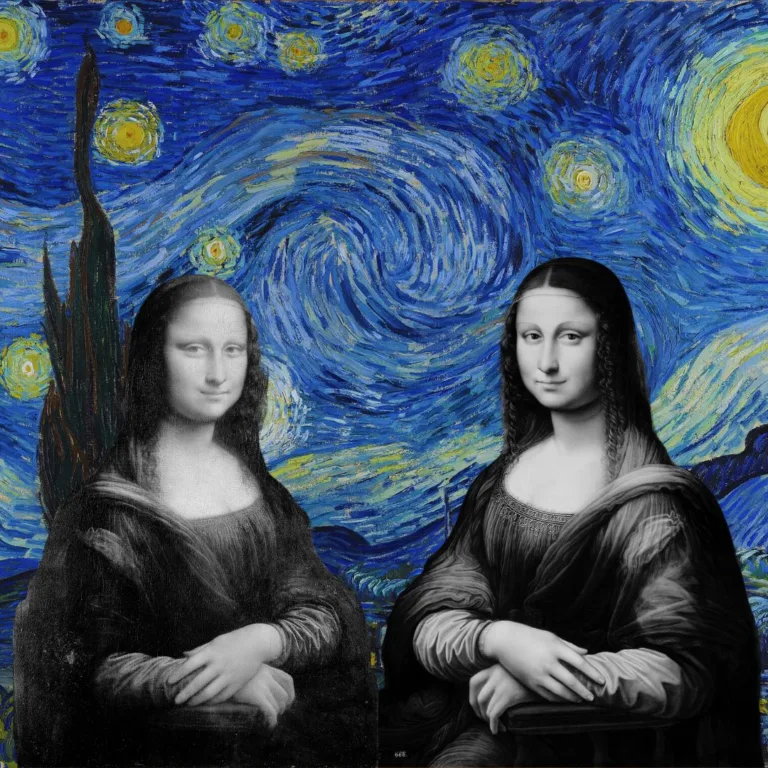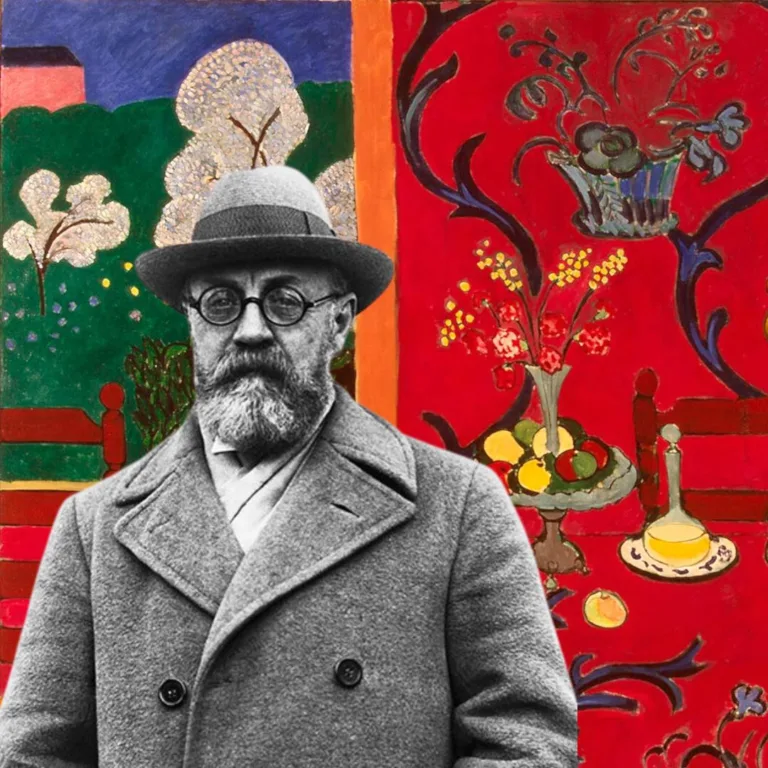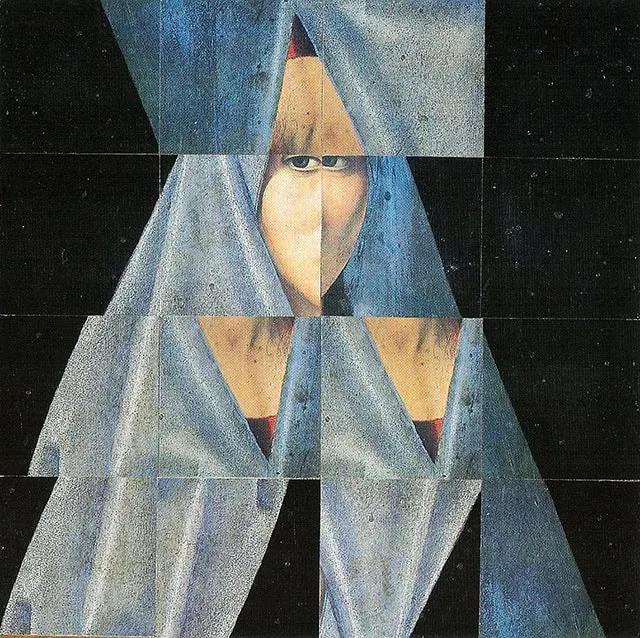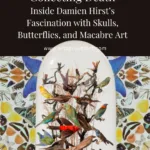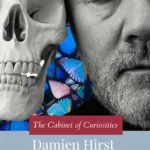Collecting Death: Inside Damien Hirst’s Fascination with Skulls, Butterflies, and Macabre Art
When we think of artists, especially those who have achieved the level of global recognition that Damien Hirst has, it’s easy to wonder where the persona ends and the person begins. How much of what we see is a carefully curated public image, and how much reveals the artist’s genuine interests and obsessions? Stepping into an artist’s private world—into their home, their personal collections—can offer a rare glimpse behind the curtain, showing us not just the cultivated image, but the authentic sphere of passions that drives their work.
For Hirst, that private world is as strange and unsettling as his art. His collection of skulls, taxidermy, and preserved insects mirrors the themes of death and decay that have become synonymous with his public works. These aren’t mere accessories to a constructed persona; they’re reflections of the deep-rooted fascinations that shape his creative output.
“I think of a collection as being like a map of a person’s life” — Damien Hirst
In exploring Hirst’s personal collection, we find a space where the private and public blend seamlessly, revealing how the objects that surround him in his daily life have profoundly influenced his vision and his art.


Skulls: Mortality in Both Private and Public Spaces
At the heart of Hirst’s collection lies his obsession with skulls—objects that appear not only in his personal space but also in some of his most iconic works. The human skull, a memento mori, is a timeless symbol of death, and Hirst’s home is filled with them. Whether they are ancient relics or intricately decorated tribal skulls, these objects are far more than decorative. In Hirst’s world, they serve as constant reminders of life’s transience—quiet reflections that, despite their silence, speak to the central theme of his art: the inevitability of death.
One of the most famous expressions of this obsession is Hirst’s For the Love of God (2007), a platinum cast of a human skull encrusted with over 8,000 diamonds. The piece, while monumental and dazzling in its public presentation, echoes the same thoughts that must accompany the quieter, more personal skulls in his collection: death can be adorned and beautified, but it remains inevitable. The juxtaposition of precious stones with a symbol of mortality reflects Hirst’s continuous exploration of life’s fragility, a meditation that transcends his public works and is clearly at play in his private life as well.
The skulls in his home might seem eerie to visitors, but to Hirst, they’re a form of contemplation—anchors that root him to the central themes of his art. They are reminders that while life is fleeting, its echoes, like those found in his art, can be preserved and immortalized.



Butterflies: A Delicate Balance Between Life and Death
Another cornerstone of Hirst’s private collection is his fascination with insects, particularly butterflies. These fragile creatures, known for their short lives and vibrant beauty, have become symbolic in Hirst’s work. His home is filled with preserved butterflies, their delicate wings encased in glass. In this, we see a private collection that mirrors one of Hirst’s most notable artistic series—the Kaleidoscope paintings.
In these public works, thousands of butterfly wings are arranged into intricate patterns that resemble stained glass windows, as seen in pieces like Doorways to the Kingdom of Heaven (2007). The butterflies, arranged in concentric, geometric forms, represent life’s fleeting nature and the beauty that emerges from decay. This transformation—taking something as transient as a butterfly’s life and freezing it in time—illustrates Hirst’s ongoing dialogue with mortality, a conversation that clearly begins in the quiet space of his private collection.
At home, the preserved butterflies scattered through his rooms reflect the same contradiction present in his art: they are both beautiful and dead. In Hirst’s world, preservation and decay exist side by side, in both his private life and his public exhibitions. What we see on the gallery walls is a continuation of his private fascination with capturing beauty at the very moment it fades.


Taxidermy: Preservation of Life Beyond Death
Taxidermy is another key element in Hirst’s personal collection, a private obsession that has bled into his most recognizable works. In his home, taxidermied creatures are carefully preserved, seemingly frozen in time. These preserved animals are not just part of a macabre curiosity; they are central to Hirst’s reflection on death and the attempt to capture life just as it slips away.
This private interest finds its most famous expression in Hirst’s work The Physical Impossibility of Death in the Mind of Someone Living (1991), in which a shark is suspended in formaldehyde, appearing eerily alive even in death. The shark’s body, frozen in a moment that defies its natural fate, captures Hirst’s fascination with death’s inevitability and humanity’s futile attempts to preserve life. This theme of preservation—whether in the grand form of a shark in a gallery or in the more intimate form of a taxidermied bird in Hirst’s home—reflects his belief that death, though inevitable, can be confronted through art and science.
In both his personal collection and his public work, Hirst’s taxidermy serves as a way to examine life at the moment of death, as though by preserving these creatures, he is prolonging their existence just a little longer. The presence of these animals in his home, though unsettling, reveals the deeply personal nature of this obsession. It’s not merely an artistic statement; it’s part of the fabric of his daily life, a reminder that life and death are constantly intertwined.


- Orders are despatched from our UK warehouse next working day.
Where the Private and Public Collide
What is striking about Damien Hirst’s collection is not just its strangeness, but how seamlessly it bridges the private and the public. The skulls, butterflies, and taxidermied creatures that fill his home are not just curiosities—they are deeply personal reflections of the themes that have defined his career. Hirst doesn’t collect these objects to shock or provoke; he lives with them, contemplates them, and draws inspiration from them. They are, quite literally, the material culture that shapes his work.
For Hirst, the private world of skulls and preserved insects is not a departure from his art but an extension of it. His home serves as a kind of living gallery, where the objects that inspire his public pieces are integrated into his daily life. This collision of private passion and public display is where Hirst’s work becomes more than spectacle—it becomes an ongoing conversation between the artist and the universal truths he is trying to understand.
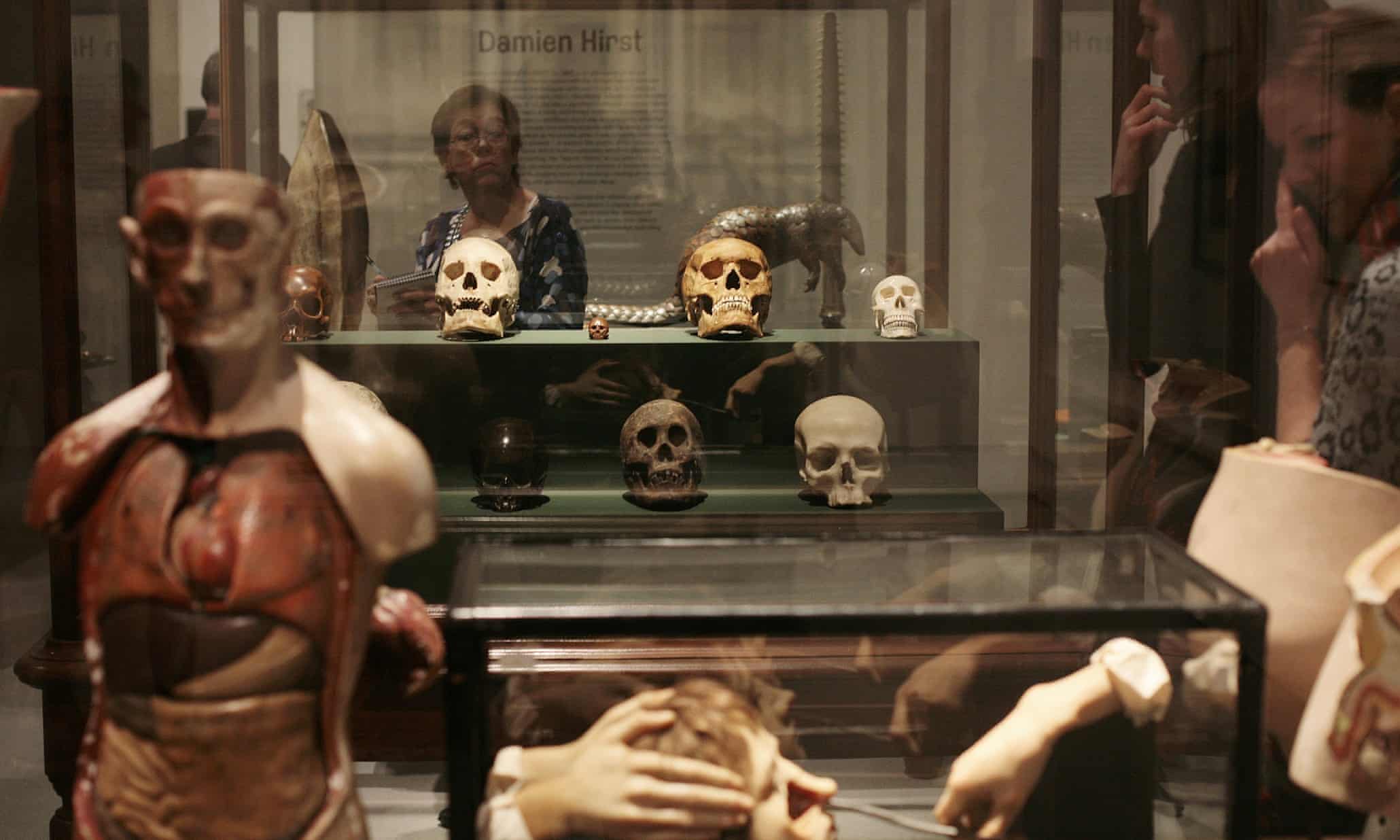
As we peer into Hirst’s cabinet of curiosities, we see how the objects he surrounds himself with reflect not just his artistic persona, but his genuine, personal obsession with the mysteries of life and death. What might seem macabre to others is, for Hirst, a source of comfort and inspiration—a way of grappling with the very same questions that have made him one of the most talked-about artists of our time.
Save for Later:


Pteridomania: The Fern Craze That Took Victorian Britain by Storm
In the mid-19th century, Britain was gripped by an unlikely obsession. Forget royal scandals or poli…
The Cabinet of Curiosities: Inside the Strange and Inspiring Collections of Famous Artists
Introducing The Cabinet of Curiosities series: Inside the Strange Collections of Artists and Creativ…
Collecting Death: Inside Damien Hirst’s Fascination with Skulls, Butterflies, and Macabre Art
Step inside Damien Hirst’s private collection of skulls, taxidermy, and insects—a personal world whe…




